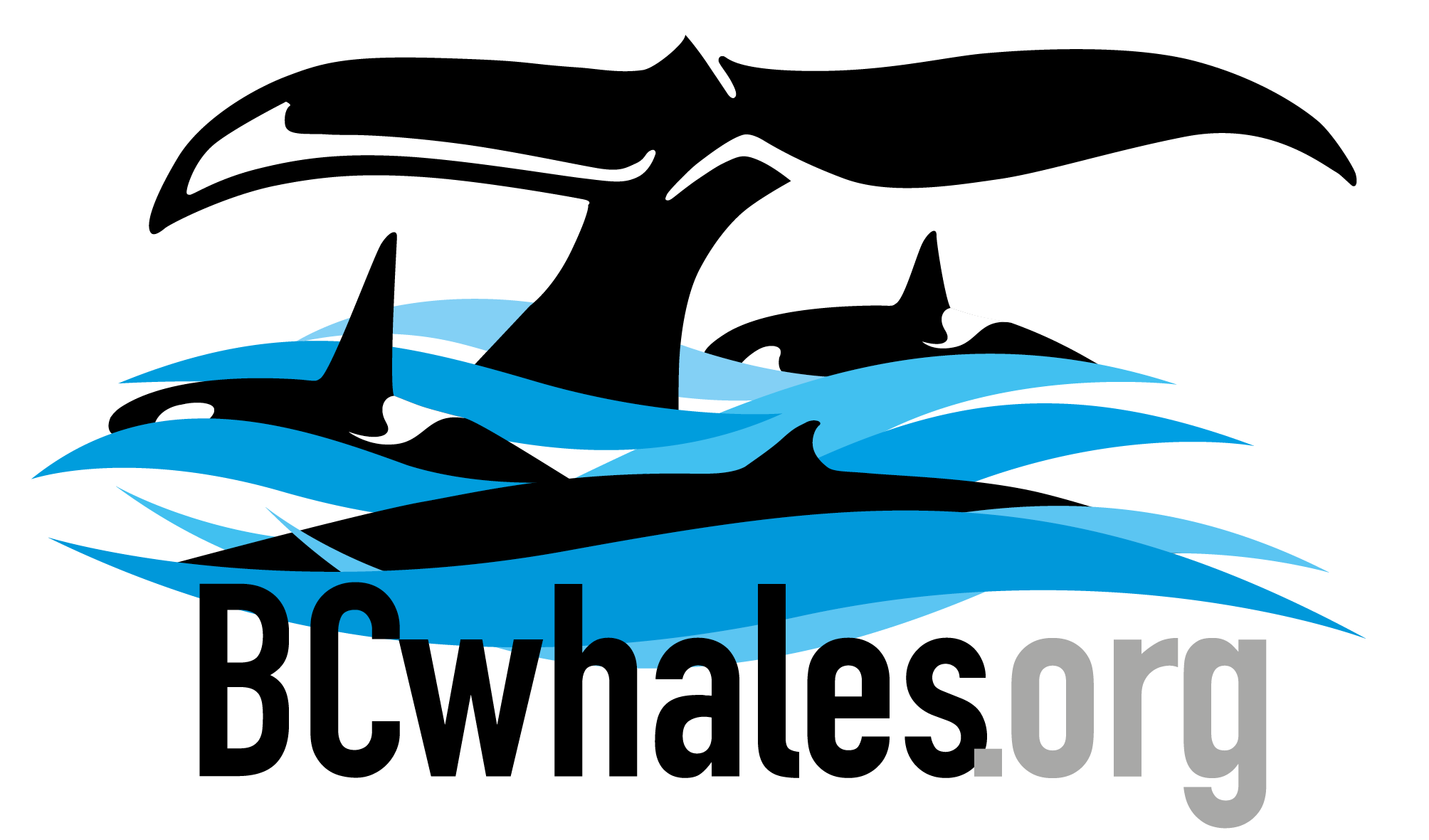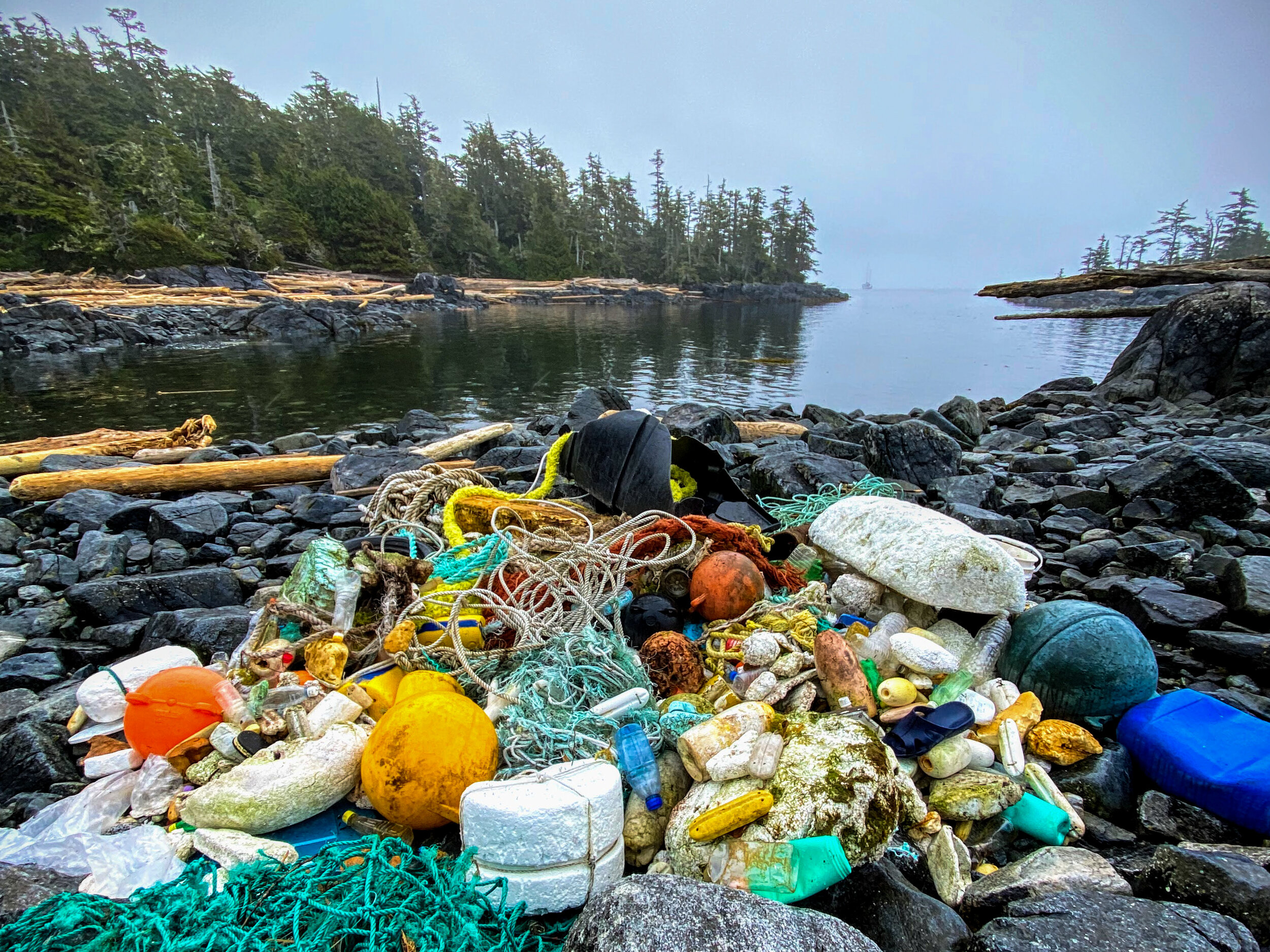Entanglement & Ship Strikes | Ocean Noise | Plastic Pollution
Plastic Pollution
Every year, plastics enter the world’s oceans on scales of millions of tonnes. To better imagine this, picture a dump-truck filled with plastic evacuating its contents directly into the ocean every minute. Plastics come in many forms, but at their core they are chains of chemicals that are designed to withstand natural chemical breakdown processes. Elements like resistance to corrosion, resistance to thermal shock, and general chemical stability are the elements of these materials that were initially major draws to their production, but are the same elements that have created a major environmental crisis and increased our reliance on and use of fossil fuels.
The majority of plastics that enter in the world’s oceans originate from sources on land and enter through drain pipes, illegal dumping, and inadequate waste management from industrial and residential sectors. As soon as plastic materials enter the ocean they are placed under constant deteriorative stress. What this means for a piece of plastic in the ocean is that over a great period of time it will begin to fragment and, in this process, it can release toxic chemicals. This will occur over and over, and each fragment essentially becomes a source of continuous toxicity. As these fragments continue to slowly break down to sizes only visible with microscopes (microplastics and nanoplastics), they may remain suspended in the water column or settled into the sediment on the sea floor.
There are several locations in the world’s oceans where marine debris and plastic are known to accumulate in extremely high concentrations. These are known as “garbage patches” and are the result of natural oceanic gyres. Oceanic gyres are essentially large, rotating ocean currents that are incredibly strong and persistent over time. As marine debris enters a gyre, it can easily be pulled into the gyres center and incorporated into a garbage patch (e.g., the Great Pacific Garbage Patch). Through the monitoring of plastic and debris found in garbage patches and along coastal beaches, scientists have discovered that less than 1% of the plastic known to be entering marine systems has been accounted for. The remaining 99% has been deemed “the missing plastic problem.” Plastic materials that can be seen with the naked eye and float at the surface of the water make up an inconceivably small amount of the plastic that exists in the world’s oceans. The majority of the “missing plastic” is suspended in the water column as microplastics, sequestered in deep sea sediment, or incorporated into the tissues and digestive tracts of marine animals.
Plastic pollution poses huge threats to all marine life. Large pieces of plastic contribute to entanglement events and may even be ingested by marine animals. The ingestion of plastic materials is a common and detrimental occurrence for many species, and even more individuals. Following consumption, plastic can fill an animal’s stomach and eventually lead to death from starvation, or cause more acute mortality from asphyxiation. Plastic can enter marine communities at all levels, even the lowest trophic levels of marine food webs. As microplastics and even smaller nanoplastics are suspended in the water column, they are frequently consumed by filter feeding organisms. Plankton is the base of all marine food webs, and even in the most pristine habitats, it is now extremely rare to find a water sample or planktonic sample that does not contain plastic particles. Not only are filter feeding organisms consuming microscopic plastics, but they are also consuming and incorporating the toxic chemicals leached by plastics into their body tissues. As planktivorous organisms feed on their now contaminated prey, they will also be indirectly consuming all of the plastic every individual plankton consumed. This process of bioaccumulation will continue all the way up the food web to top predators like marine mammals who, as a result, will have the highest concentrations of toxic materials and plastic particles in their bodies.
Up and down the coast of British Columbia, many First Nations communities have partnered with shoreline cleanup organizations to remove marine debris. However, it is crucial to bear in mind that as individual consumers, we are all responsible for contributing to the ever-growing plastic crisis. It is each of our responsibilities to ensure that our habits and efforts are conscientious and informed. Excellent first steps to take to reduce your consumption of plastic materials and to limit your impact on the environment include: reducing the frequency you are buying new materials; supporting upcycling efforts and donating used items in favour of recycling or trashing; supporting manufacturers who design products with sustainability and longevity in mind; reusing products you already own; recycling; and if necessary, disposing of products responsibly.


